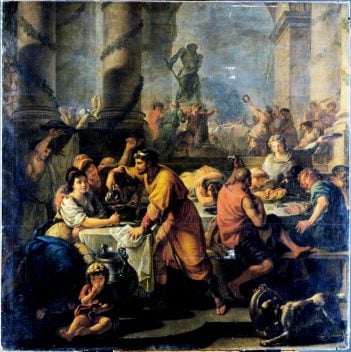Contrary to popular belief, the idea that wine becomes more valuable with age is a misconception. Even in renowned labels, the value rapidly declines beyond a certain maturity threshold. Gelardini & Romani auction house provides insights into navigating the wine investment landscape.
Investors in Italian wines over the last 15 years have enjoyed significant returns. Examining the average prices of top-tier labels in the Grand Cru Classification of Italy by Gelardini & Romani illustrates this trend. However, as the market stabilizes post-rally, it is now crucial to invest judiciously and with awareness. CEO Raimondo Romani emphasizes, "It's important to note that aging doesn't necessarily increase a wine's value. Once it reaches full maturity, investors often begin to question its stability, and prices can drop rapidly. This is evident in certain vintages of Sassicaia from the 1970s."
Several factors influence secondary market prices: the producer, the vintage, critical acclaim, market availability, among others.
Guide for Wine Investment
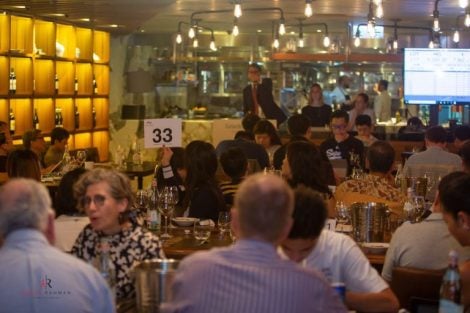
In addition to the growth trend of indigenous varieties, there's a notable shift among collectors towards the so-called second wines of well-known estates, following the French model. Here, the reputation of the flagship wine drives sales for the second, valued for its attractive quality-to-price ratio and reliability. Examples include Giacomo Conterno's Barolo Francia benefiting from the fame of Monfortino, and many other wines attracting significant interest, such as Montevertine and Rinaldi's Langhe Nebbiolo.
What does the future hold? Raimondo suggests, "While I may love Pergole Torte, it's challenging for it to maintain the same growth rates after recent surges. There are many other Italian wines with appreciable potential."
To assist enthusiasts and professionals, the Roman auction house, specializing in Italian wine and with a presence in Hong Kong, offers some tips for approaching the sector knowledgeably.
Instructions for Use
1.Factors influencing wine demand are diverse, including critic reviews, which remain relevant upon a wine's market debut. However, their importance generally diminishes as the wine matures, regaining significance when the wine is very mature and the review provides reliable guidance on its drinkability window.
2.Uniqueness, originality, and consistent production are essential for defining collectibility and a wine's revaluation potential. Recognition of a sort of primogeniture concerning vineyard, territory, and cellar (as the native heritage of winemaking techniques and the name of a company) are essential but insufficient to define a wine's collectibility.
3.Even if a wine possesses unique characteristics, there will always be similar wines, and its value will always be compared to theirs. For instance, the price reduction of Bordeaux has capped the growth of all other Bordeaux-style wines produced worldwide (including Italy). However, the recent surge in Champagne prices has made some labels produced with the classic method in other denominations (such as Franciacorta and Trento Doc in Italy) more attractive, hinting at potential revaluation. In this context, it's not surprising that Nebbiolo Piemontese, Sangiovese Toscano, Nerello Mascalese, and Carricante Etnei or Trebbiano d'Abruzzo fall into the most appreciated Italian categories, with expected revaluation margins. It's important to note that significant revaluations are not expected in the short term for classified labels that have already experienced substantial growth in recent years. Meanwhile, several Italian labels priced below €100 still offer considerable growth potential.
4.Demand driving prices almost never follows a linear growth, and bearish corrections can occur quite suddenly in the case of speculative bubbles.
5.Each bottle has its own organoleptic life, and its peak doesn't necessarily coincide with its peak value.
6.No wine becomes more valuable the older it gets. After reaching maturity, a wine's value rapidly declines towards zero.
7.The value of a wine is the minimum price at which it is traded, regardless of prices set by restaurants or producers for older vintages.
8.It's important to distinguish between trade, reserved for professional operators, and investment, by collectors and enthusiasts, non-professionals. An investment should have a time horizon of 3 to 5 years, depending on the wines, between the wine's market debut and its resale.

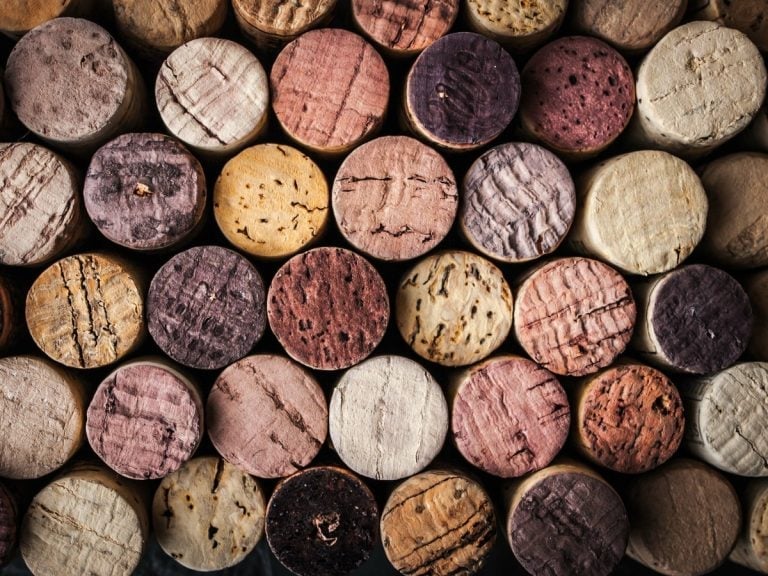
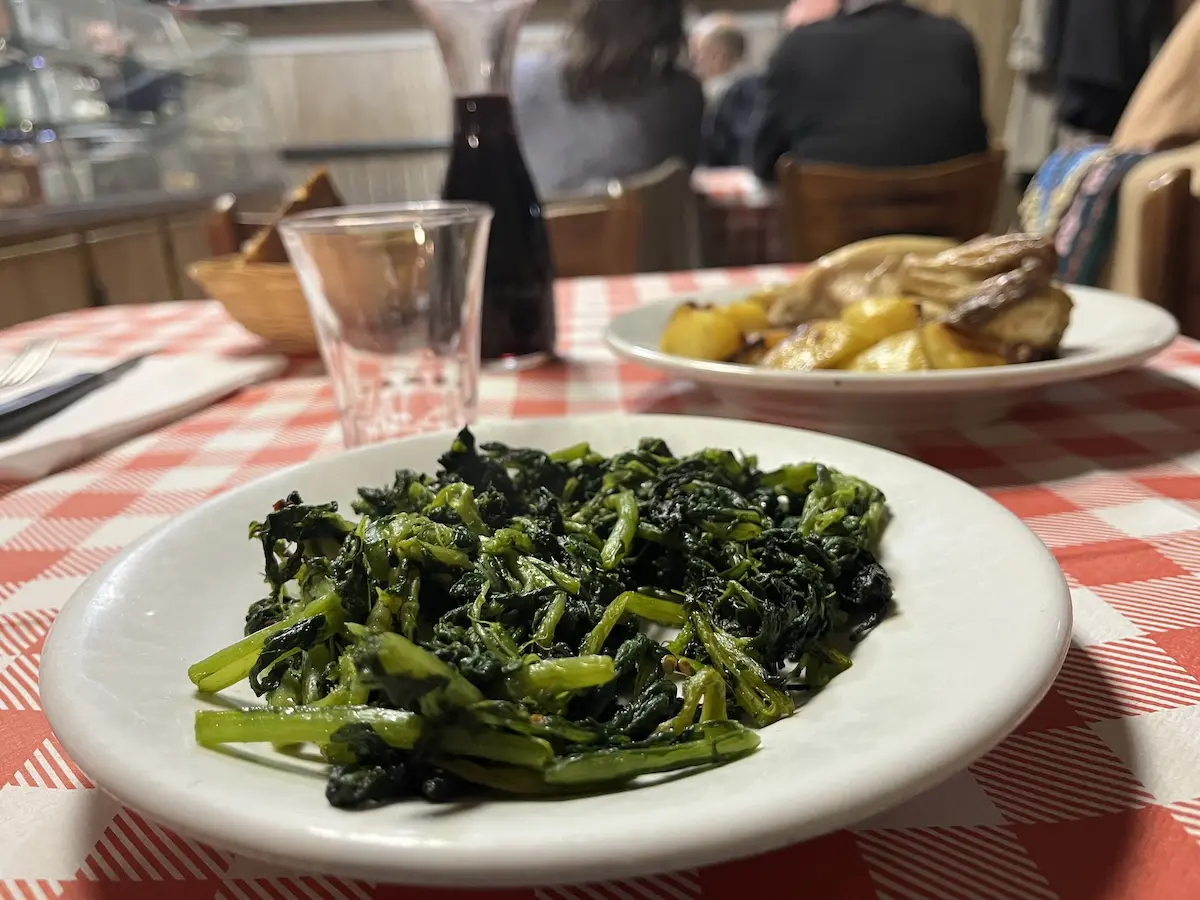 Why not every trattoria should be written about
Why not every trattoria should be written about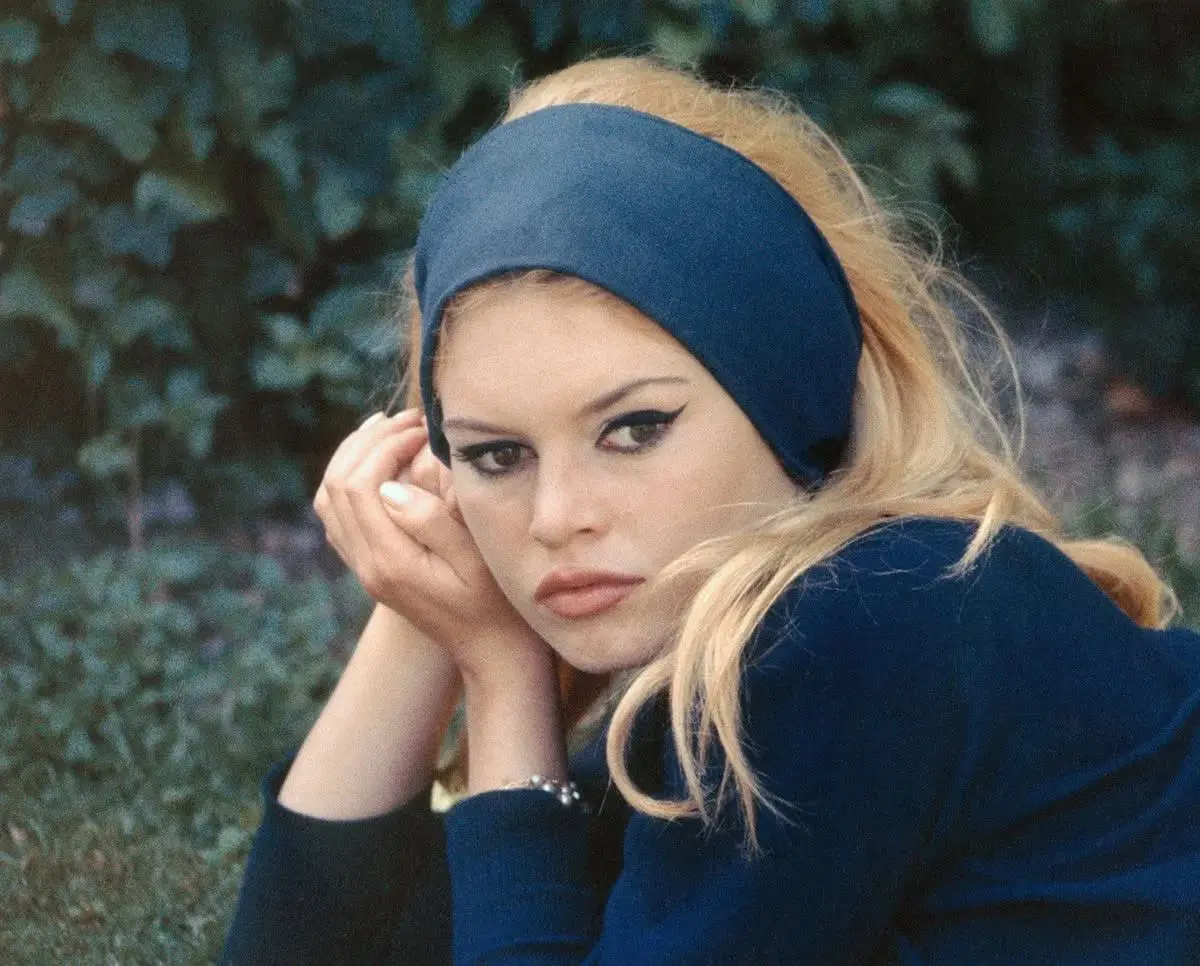 Brigitte Bardot’s final rosé: the wine that marks the end of an icon
Brigitte Bardot’s final rosé: the wine that marks the end of an icon What you need to know about Italy's new decree on dealcoholised wine
What you need to know about Italy's new decree on dealcoholised wine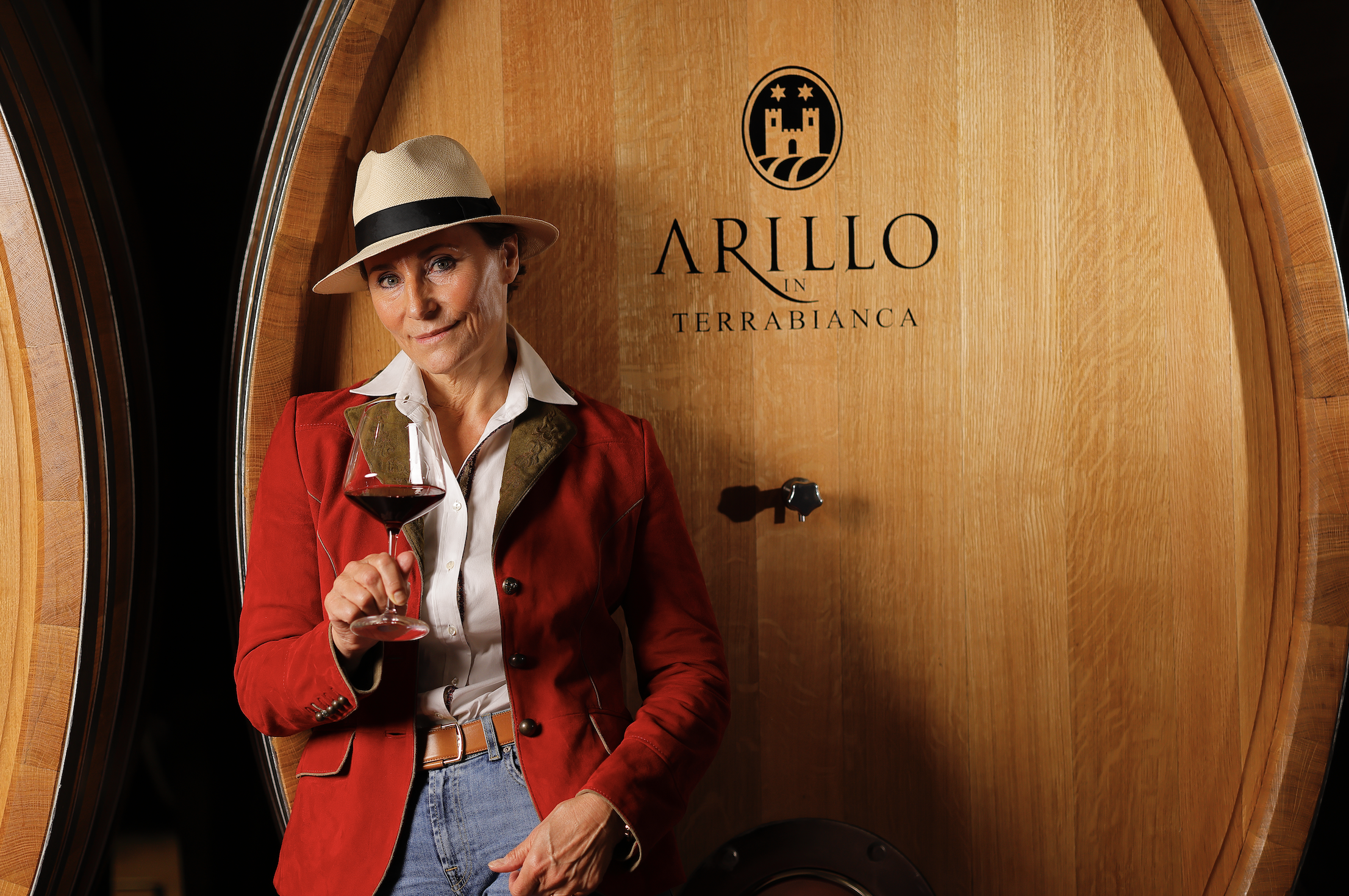 Why Arillo in Terrabianca's organic approach is paying off
Why Arillo in Terrabianca's organic approach is paying off

